Ark (orig. Latin a’rca =chest, coffer). Since a chest or a coffer is neither a boat nor a ship,
the Ark should mean ‘building afloat on water’ in this context. The Babylonian Gilgamesh epic tells
us about Utnapishtim, the legendary survivor from the Flood. In Sumerian texts he is called Ziusudra.
A fairly long time ago, a complete Sumerian library containing around 60,000 clay tablets was found in
the town of Nippur, 150 kilometres south of Baghdad. Here, on a six-column tablet, we find the oldest
tale of the Flood. The tablet mentions five cities existing prior to the Flood: Eridu, Badtibira/Bad-tibira,
Larak/Lagash, Sitpar/Sippar, and Schuppurak/Shurrupak. On this so far the oldest deciphered tablet,
the survivor’s name is Ziusudra. We are told he lived and worked in the city of Schuppurak where he built his ark.
This is thus an older story than that of the Gilgamesh epic.

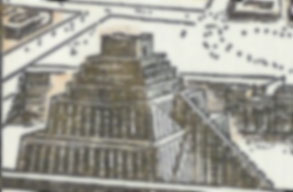
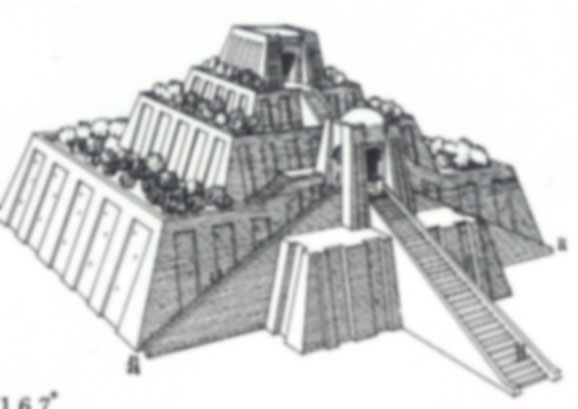
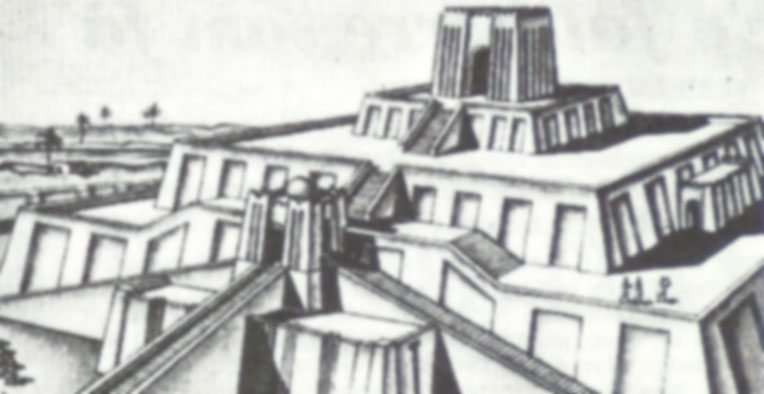
Zikkurat is an example of Sumerian architecture
Sumerian architecture is characterised by this pattern of rows of square platforms,
one above the other, each platform somewhat smaller than the one below. Based on this,
we can reconstruct the ark built by Ziusudra in the city of Schuppurak. Below is the
model of the ark used by Ziusudra, his family and a few others in his company when the
Flood arrived. Neither Sumerian texts nor the Gilgamesh epic describes the size or
appearance of the ark. Neither are we informed on where it ran ashore. The texts only
mention a mountain/the foot of a mountain somewhere on earth.
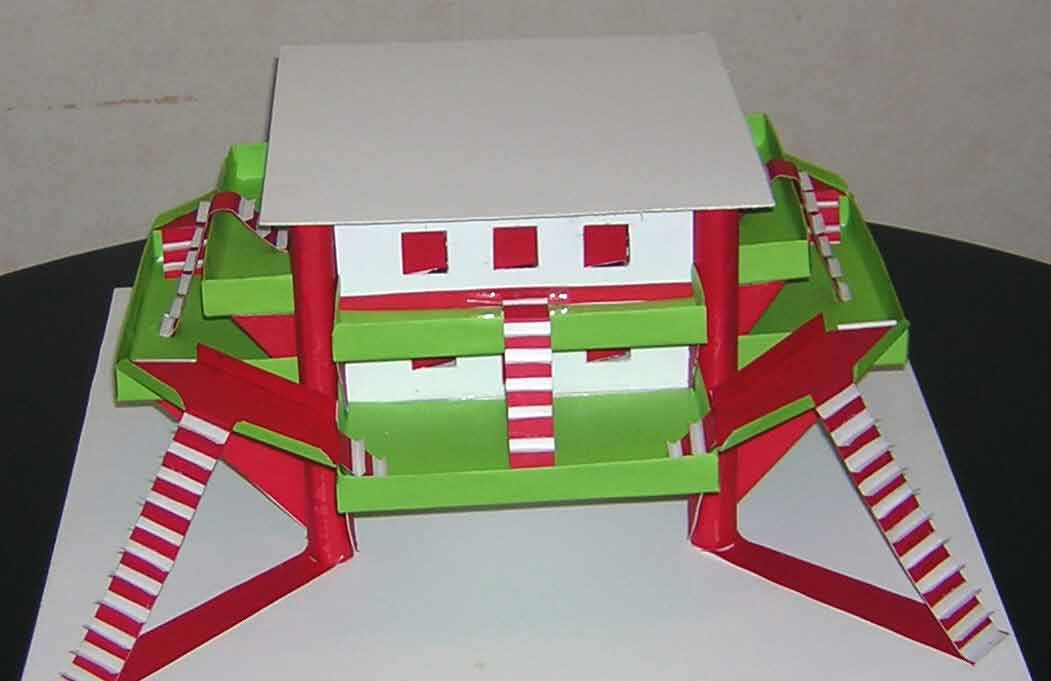
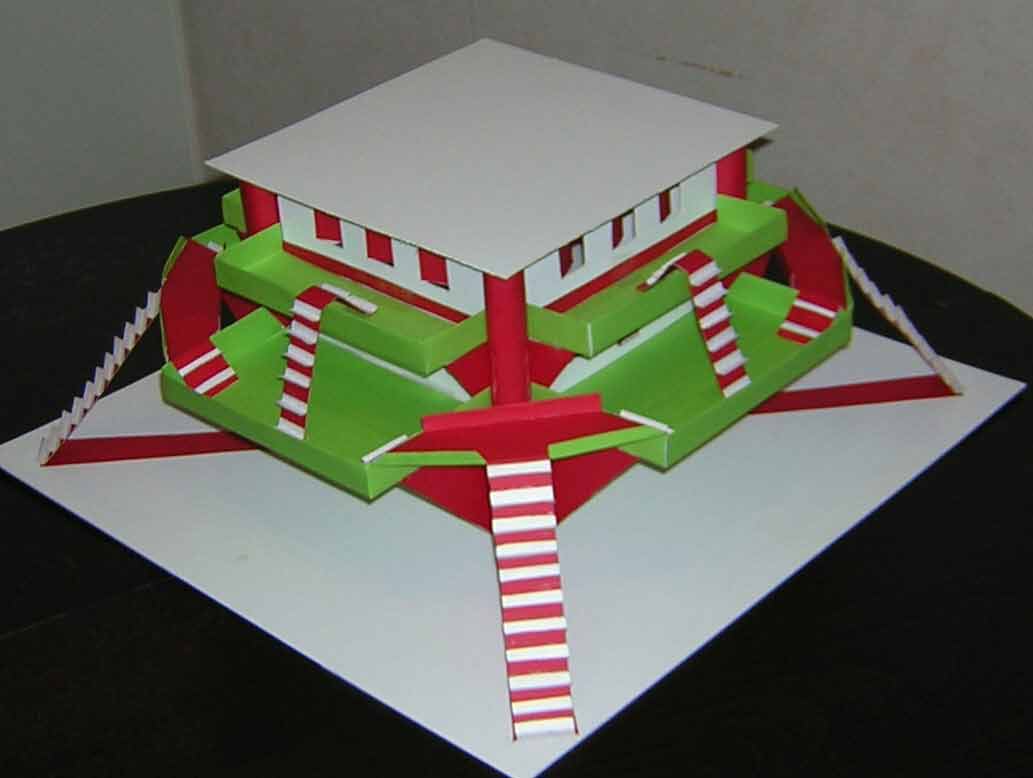
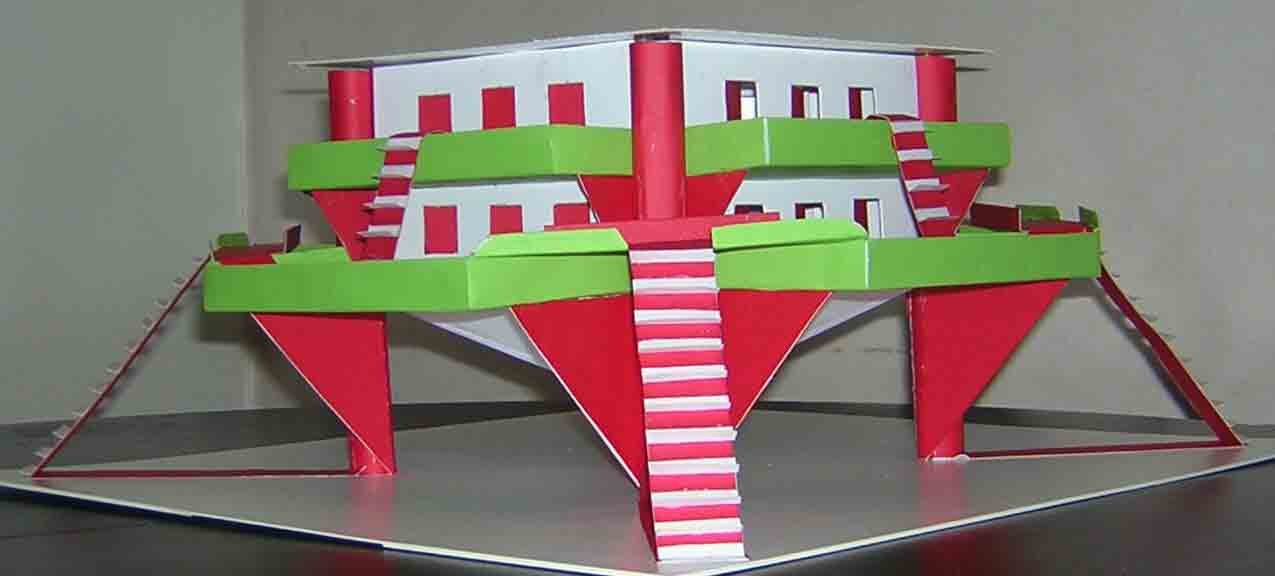
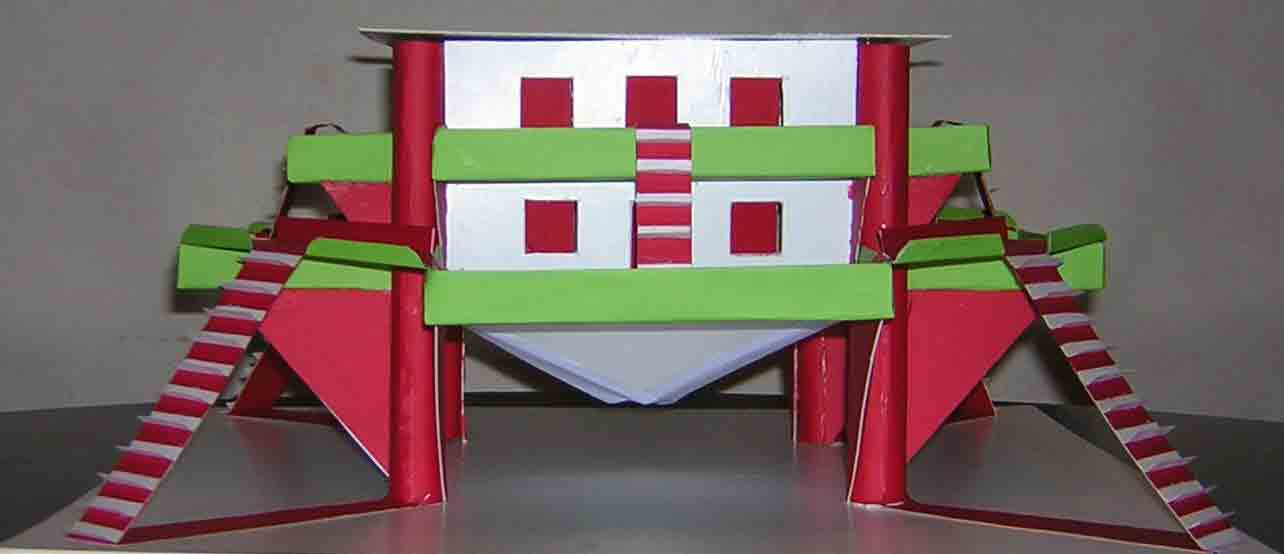
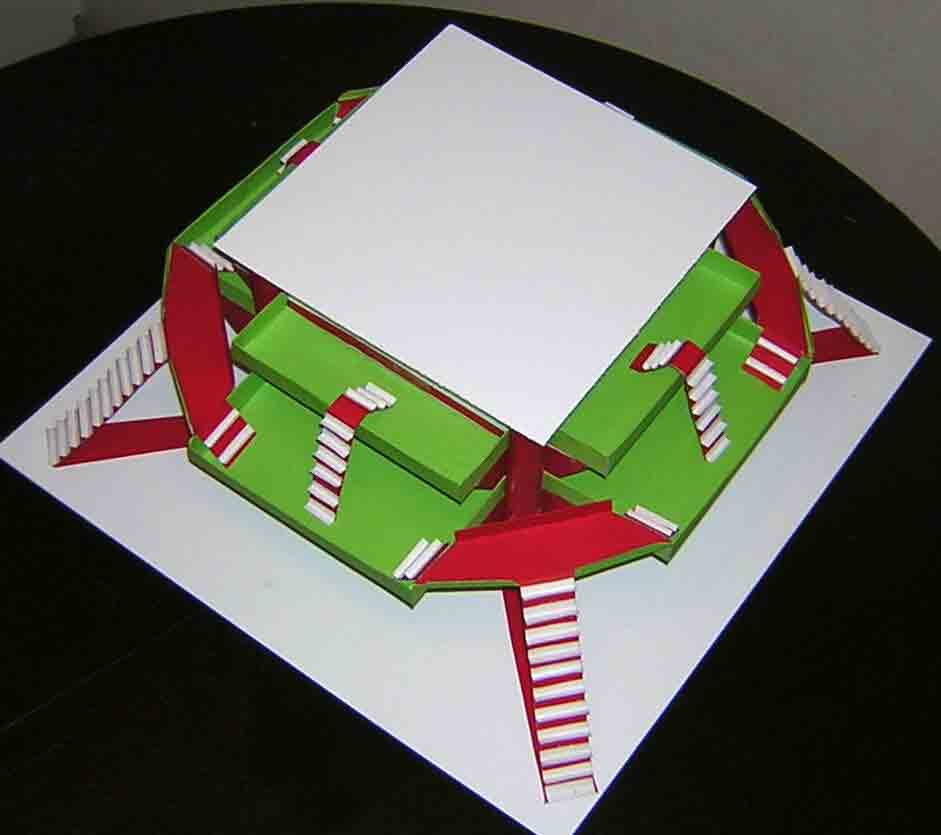
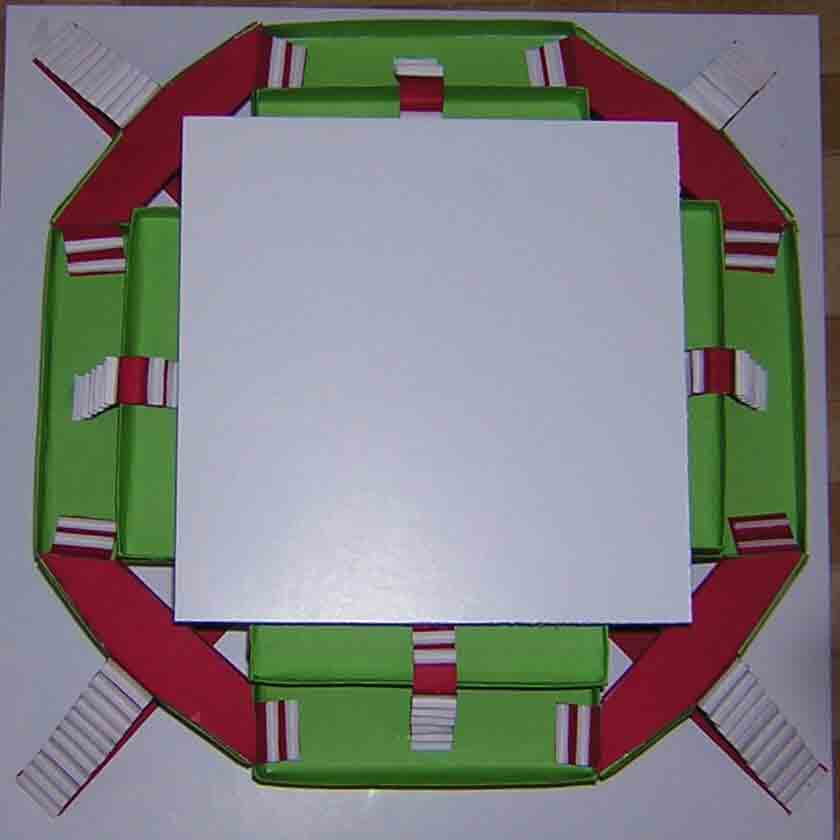
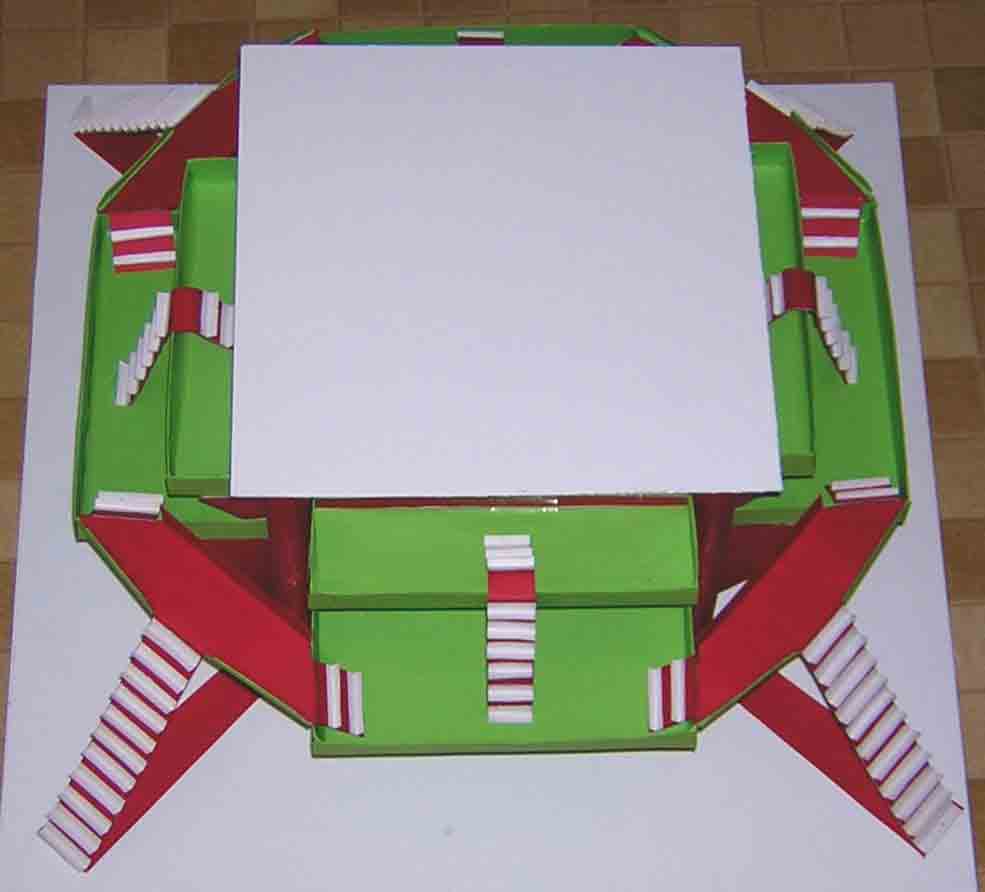
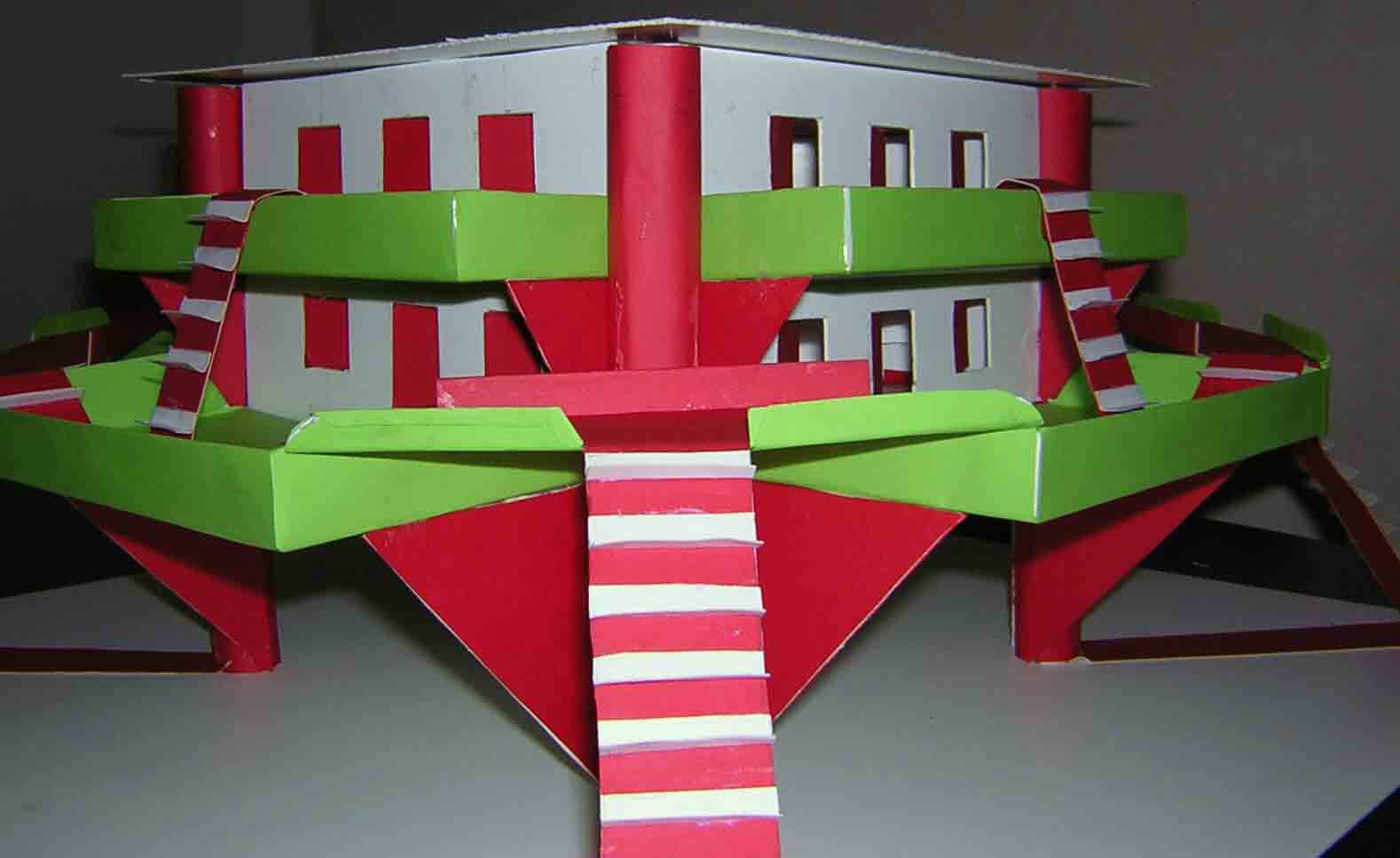
The Ark was made up of a building with four legs.
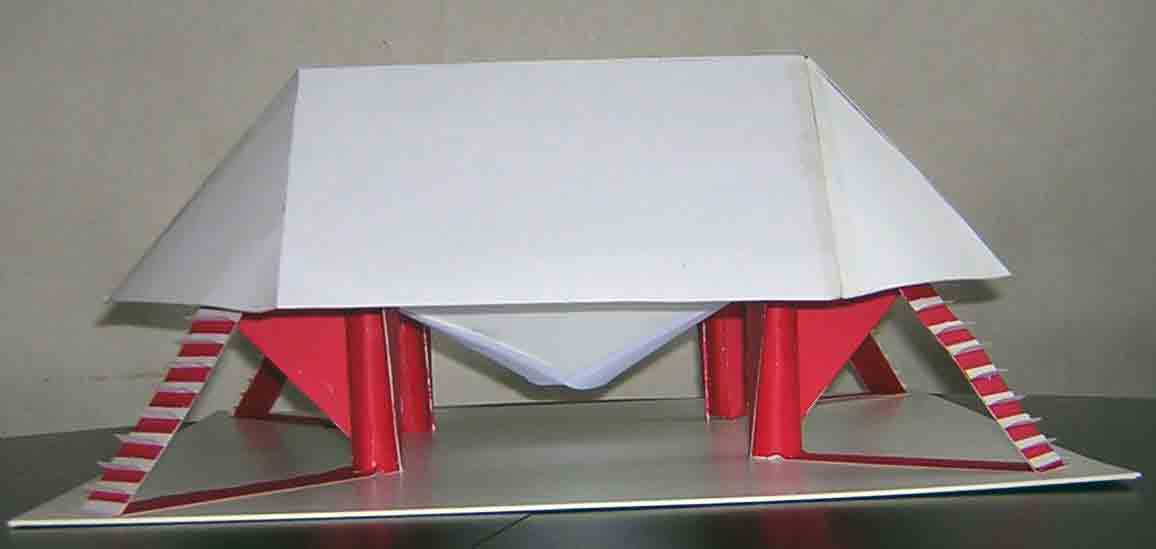
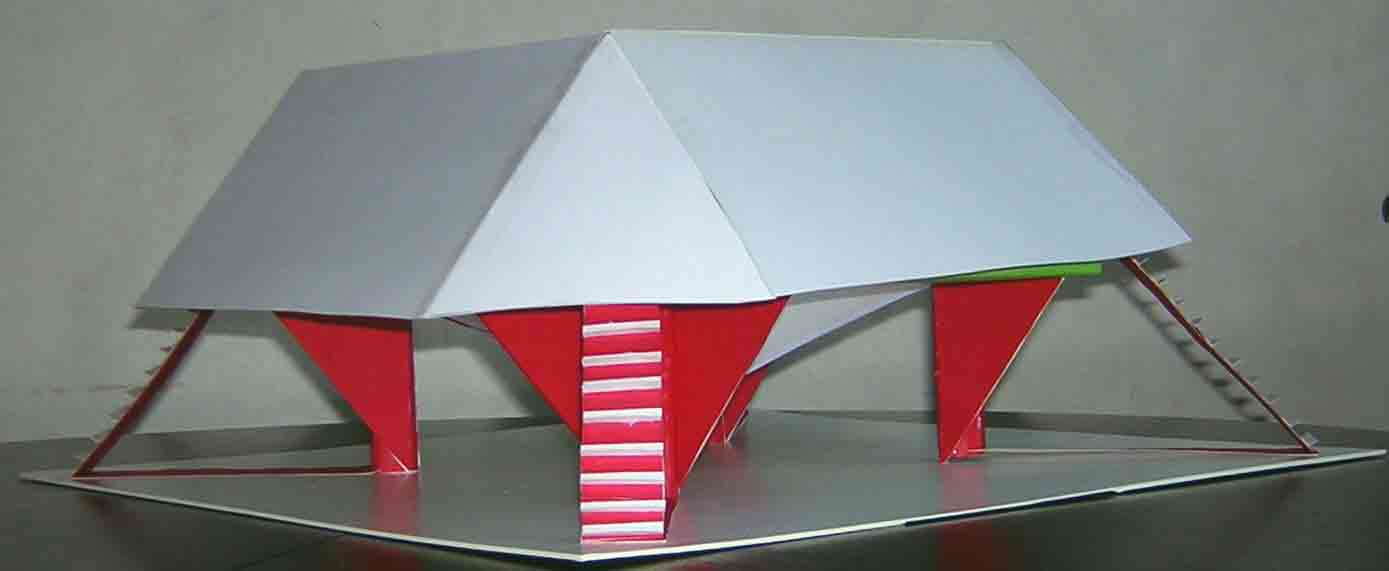
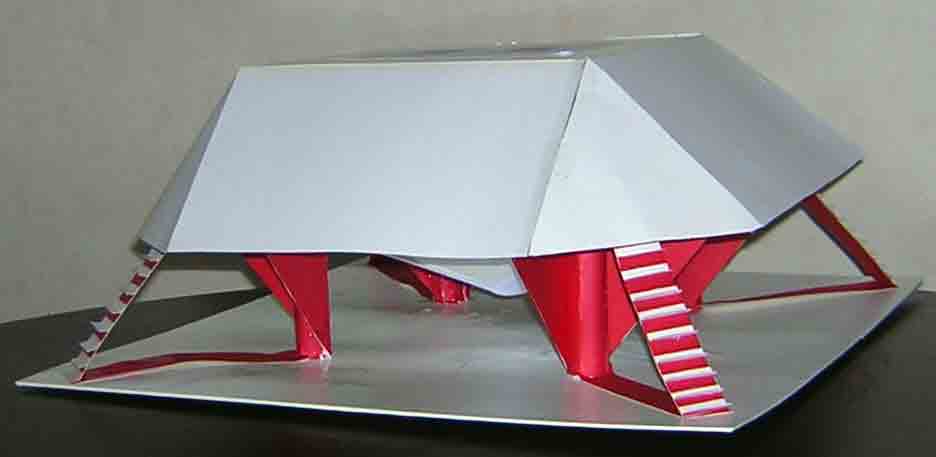
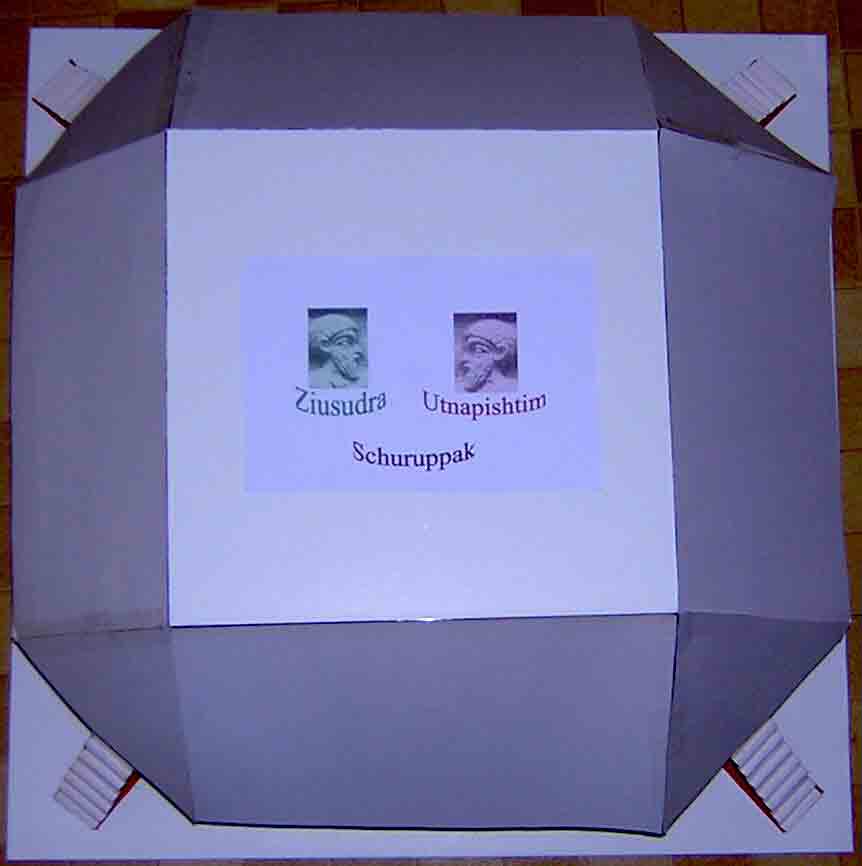
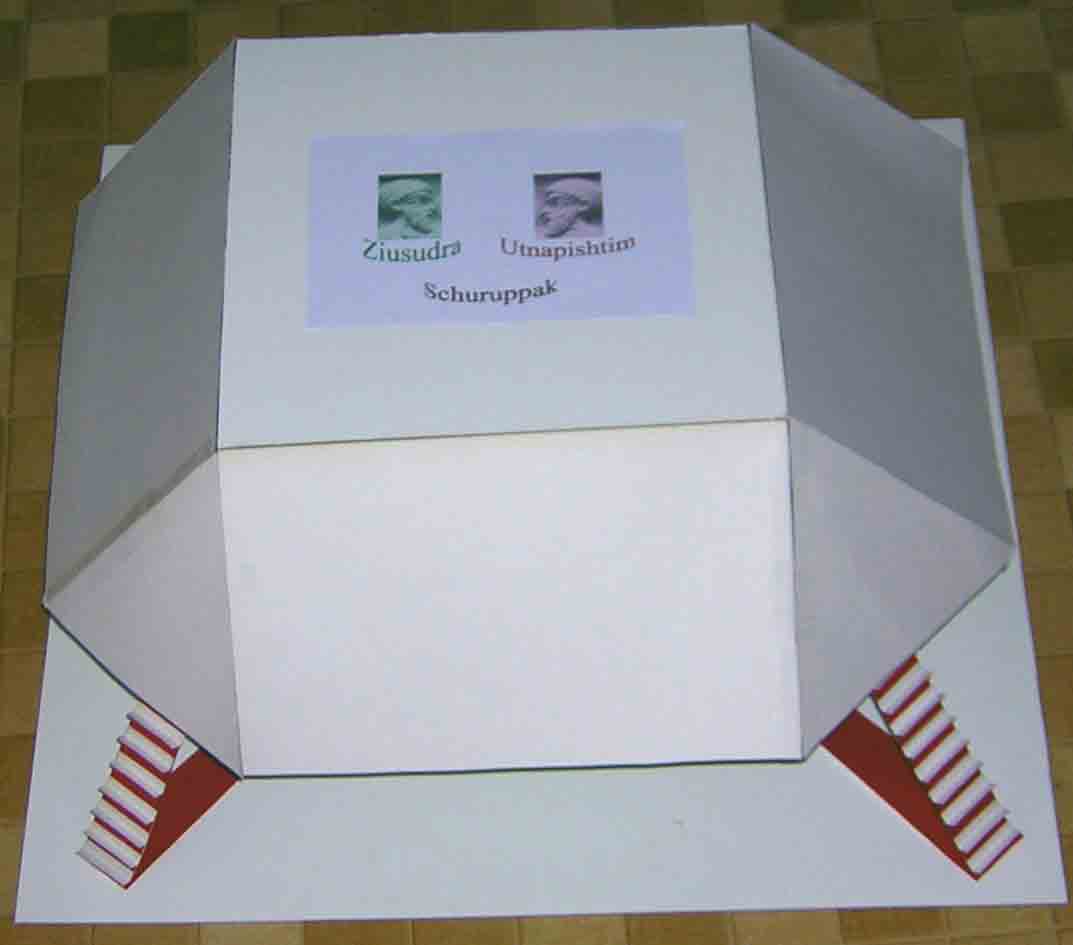
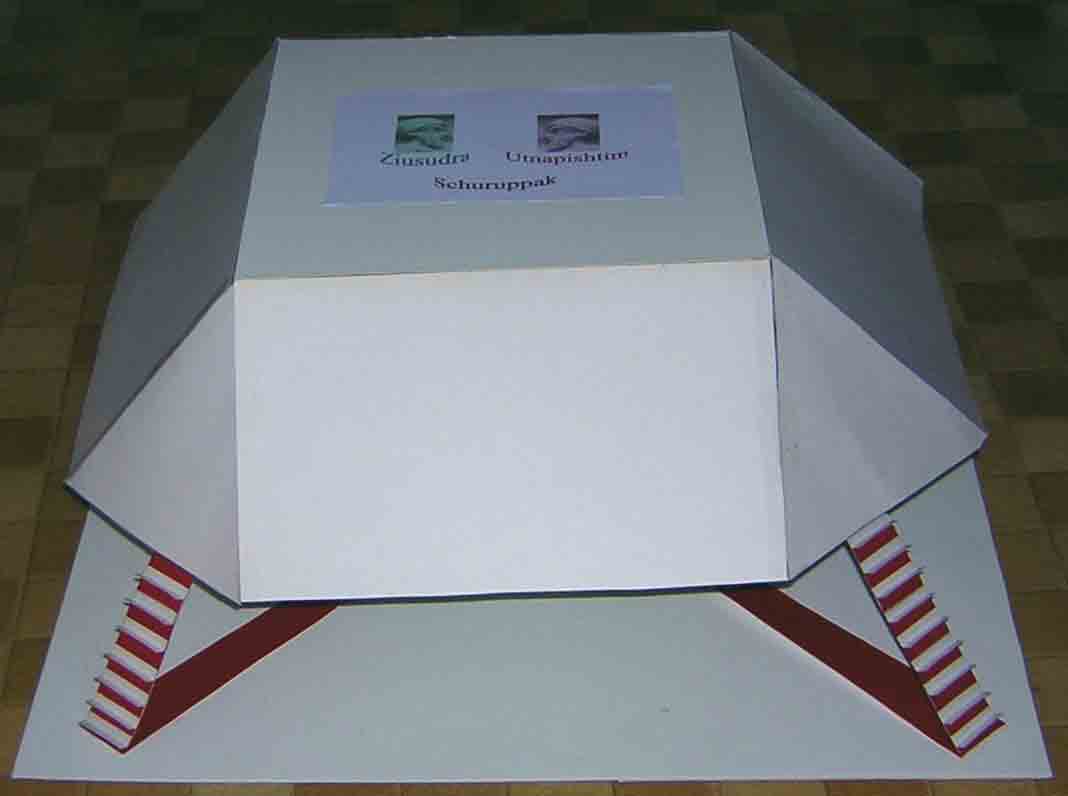
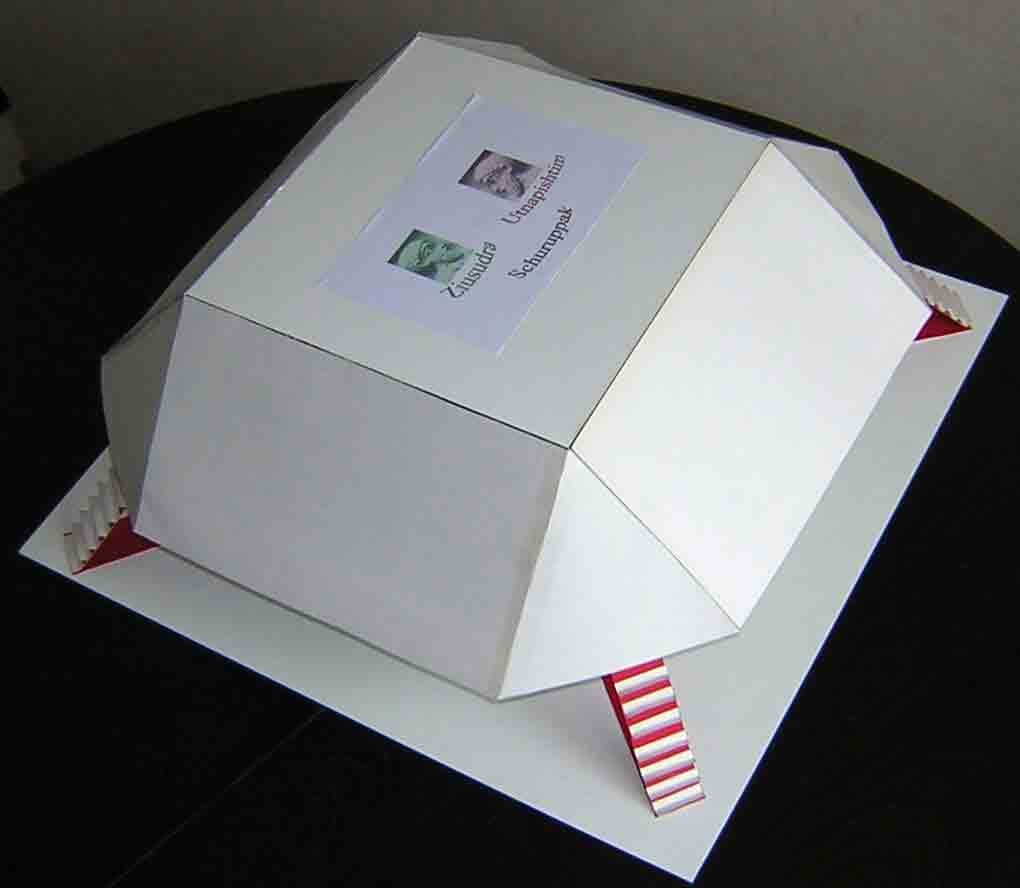
The Ark was ready for the rain.
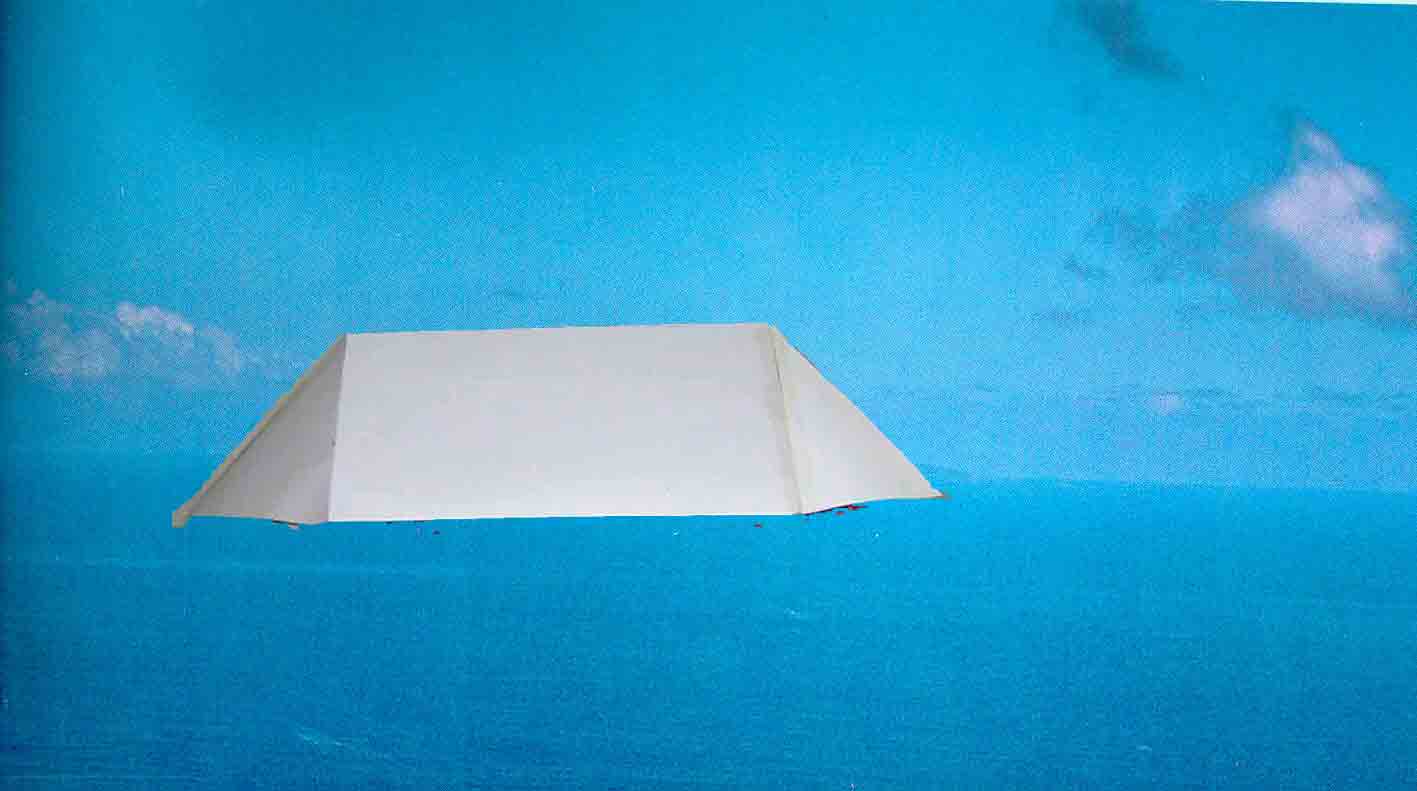

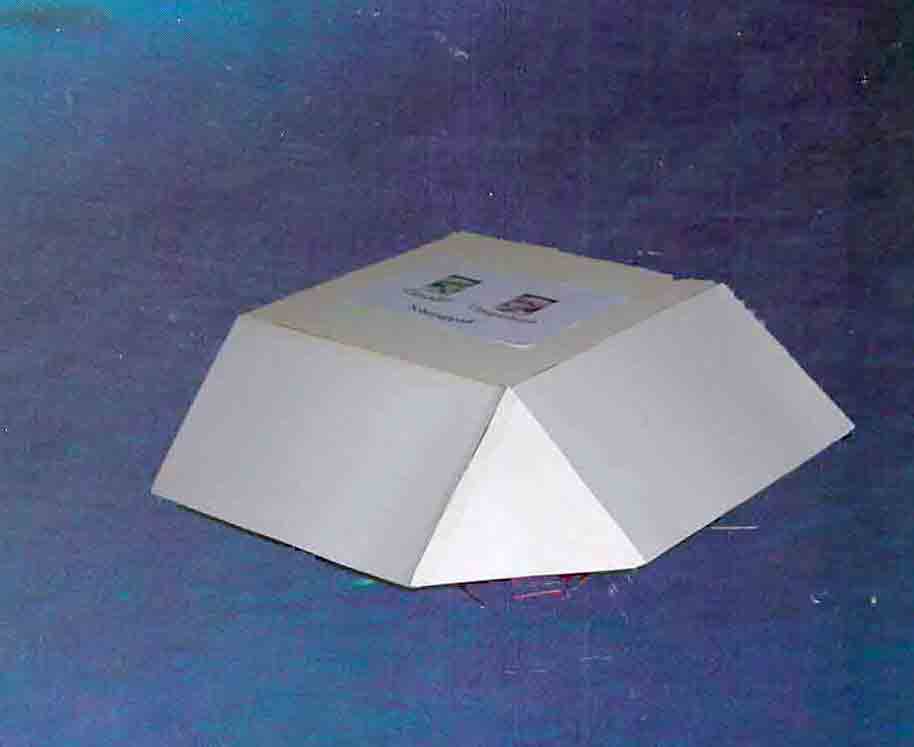
And the Ark was afloat on the water while the rain poured down.
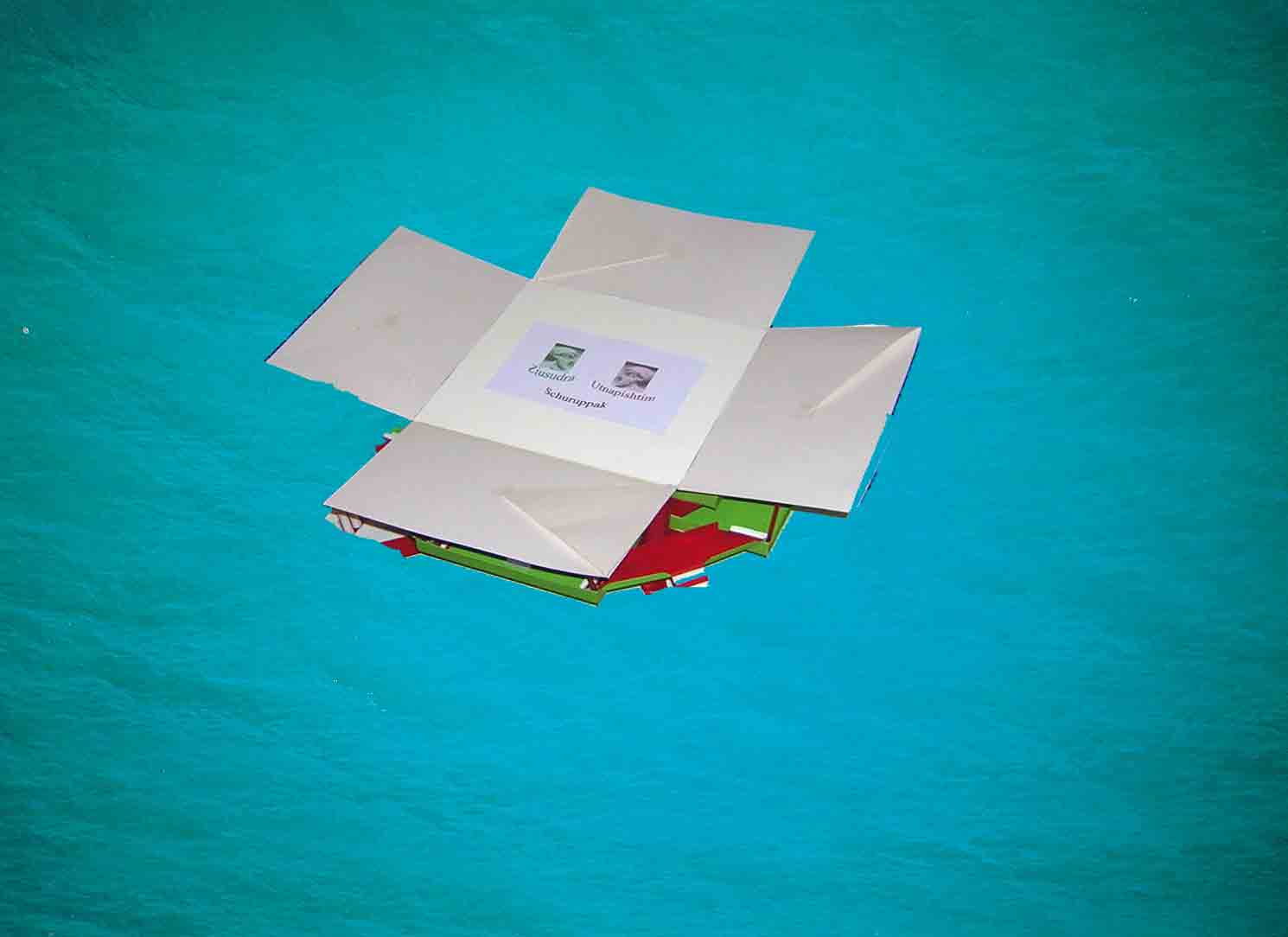
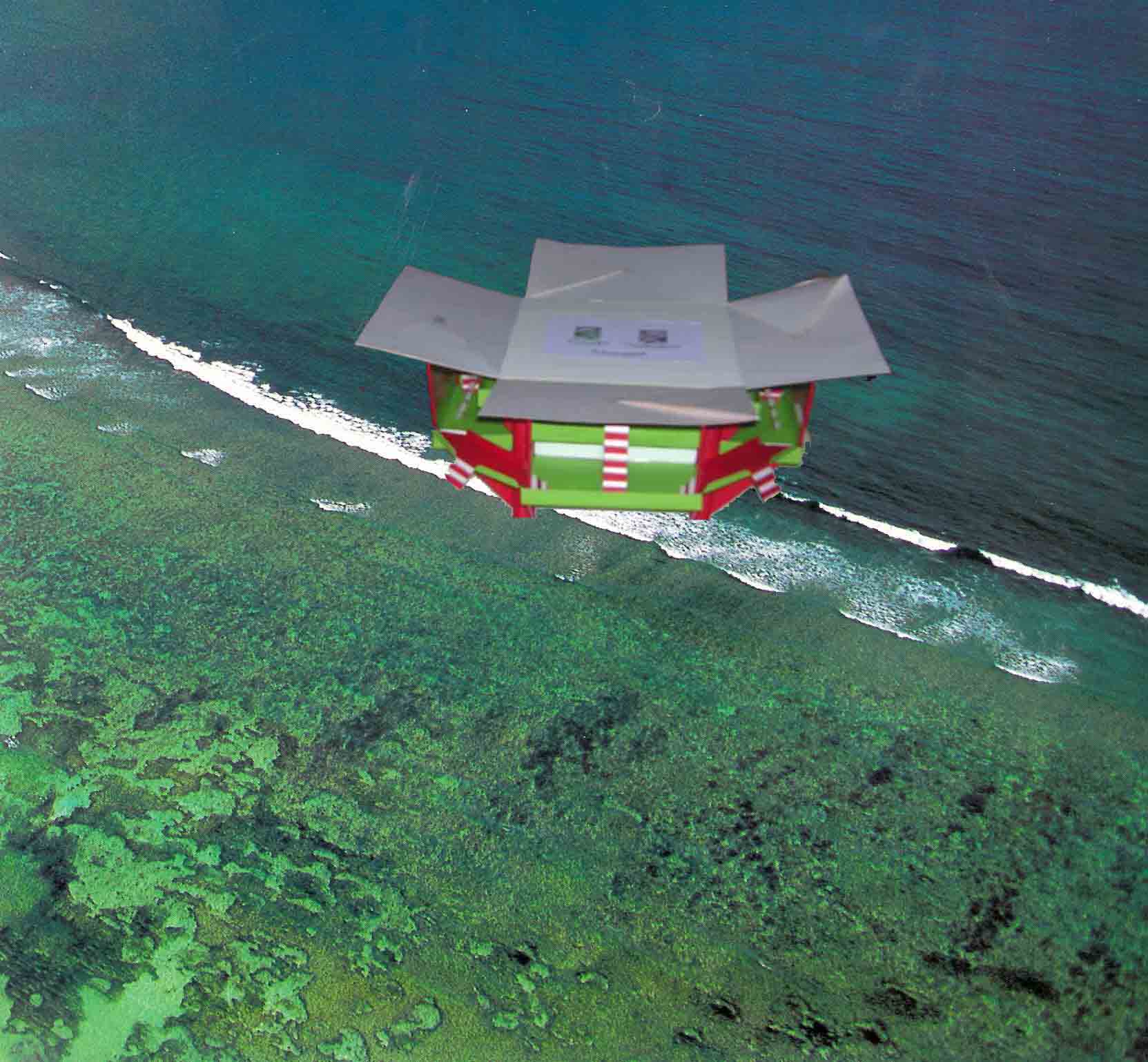
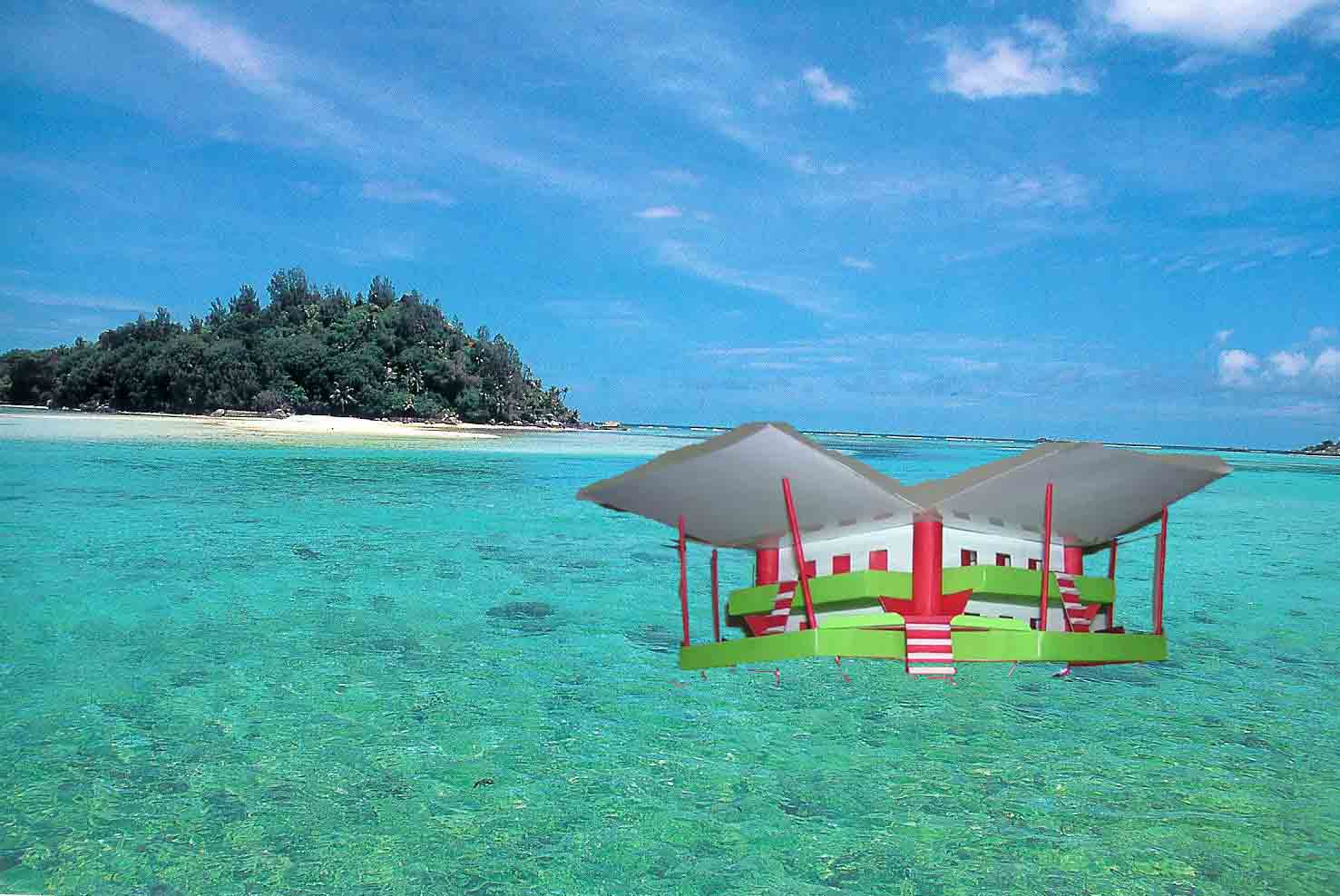
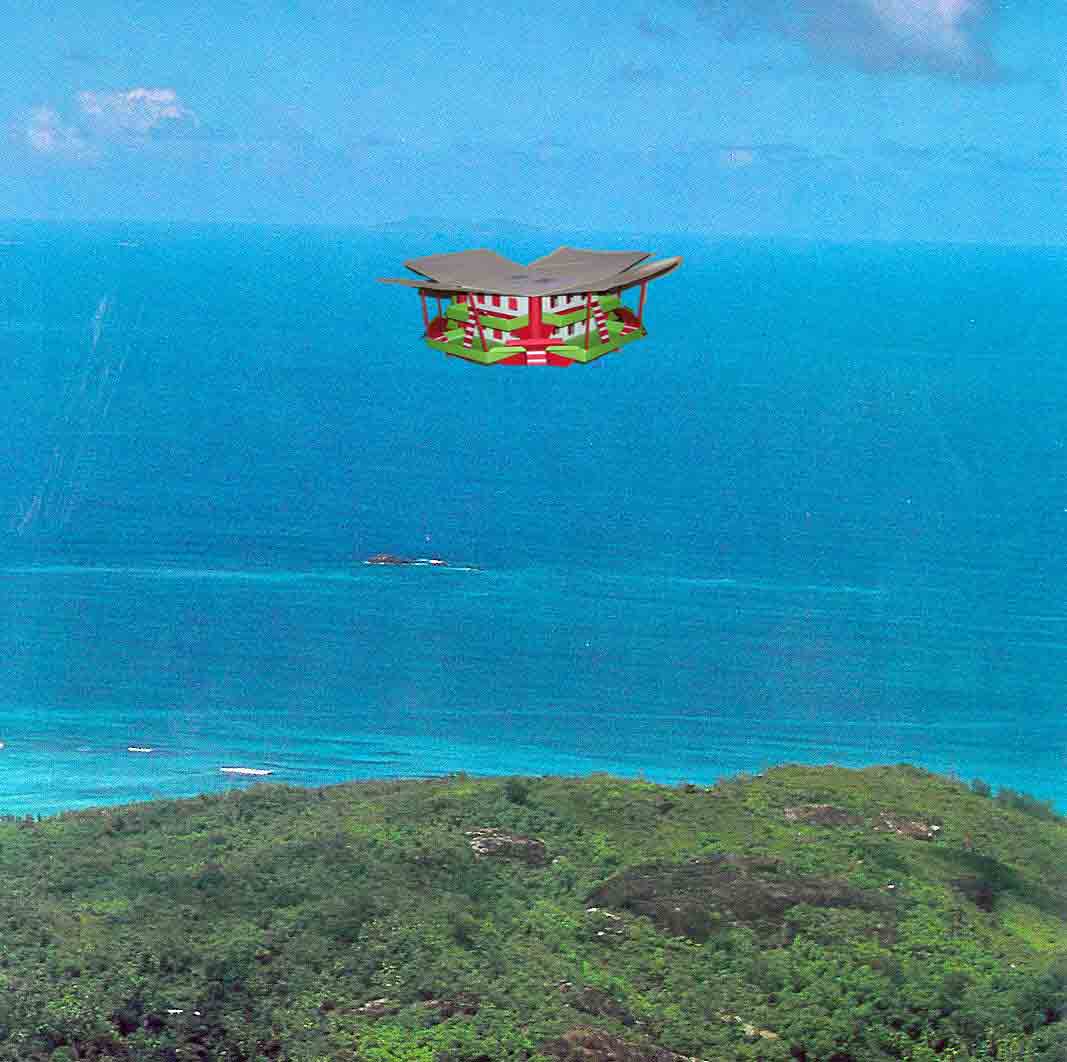
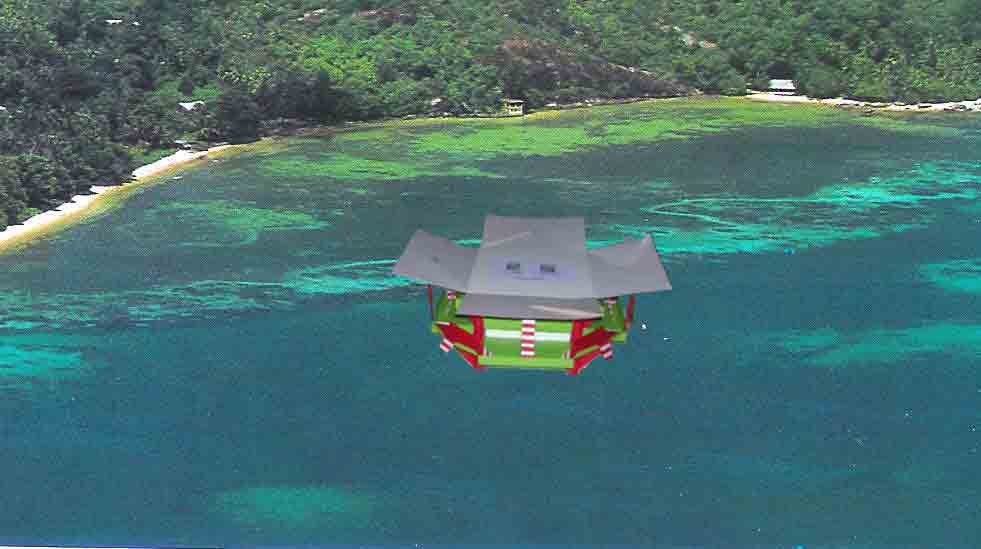
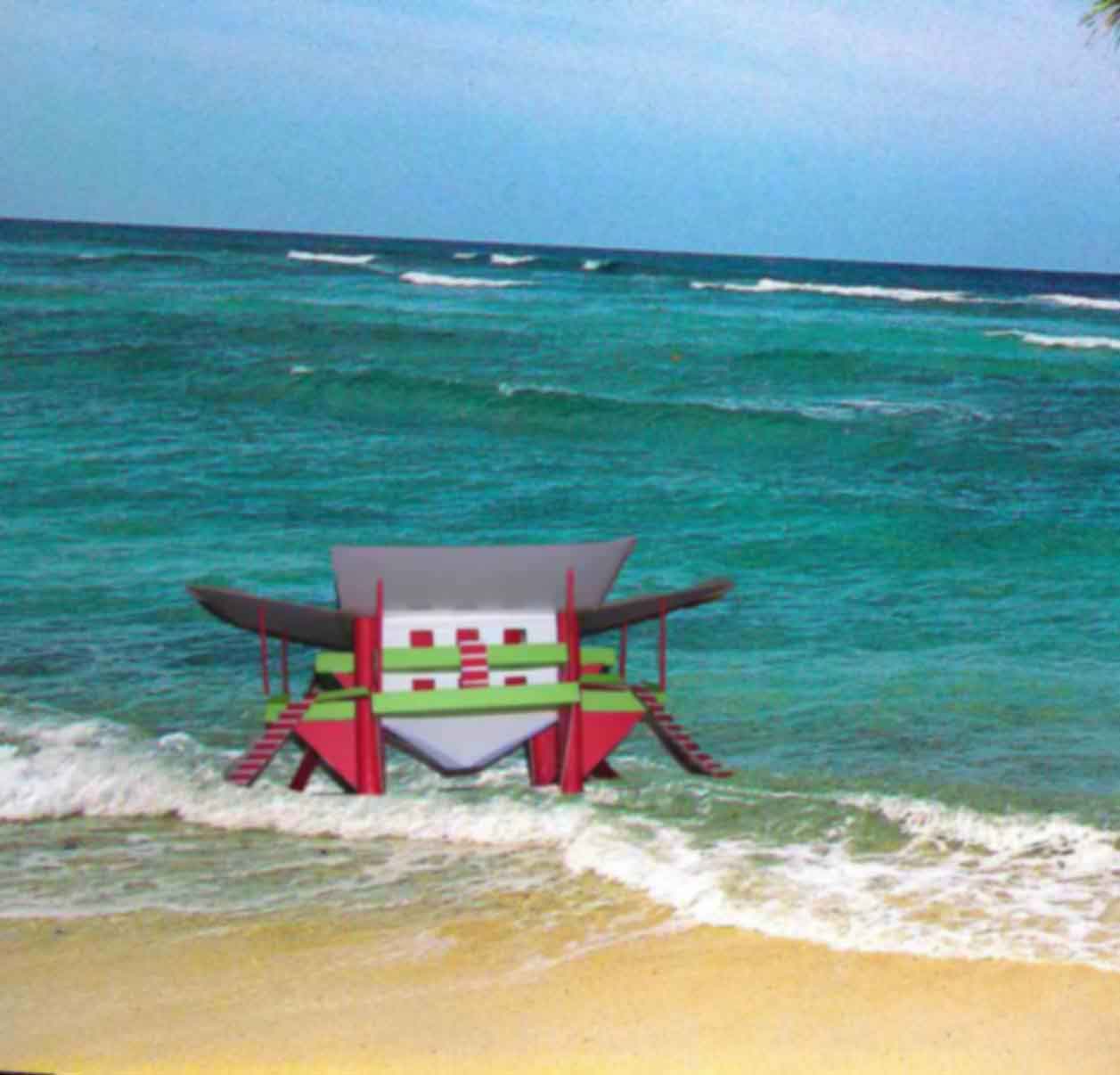
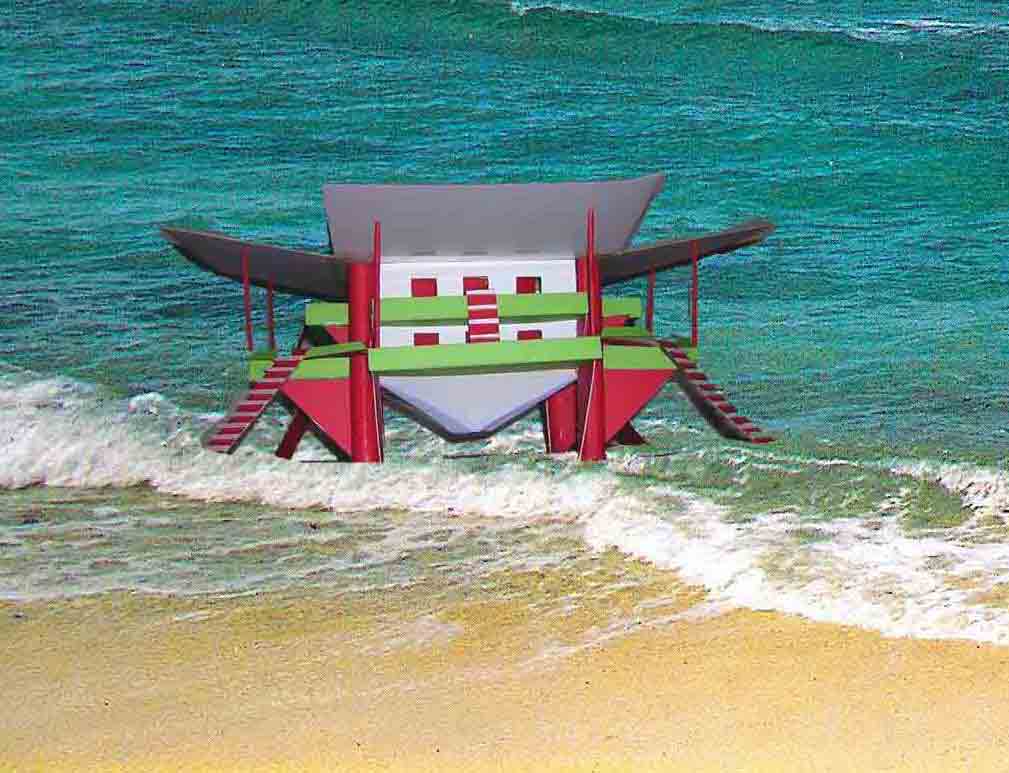
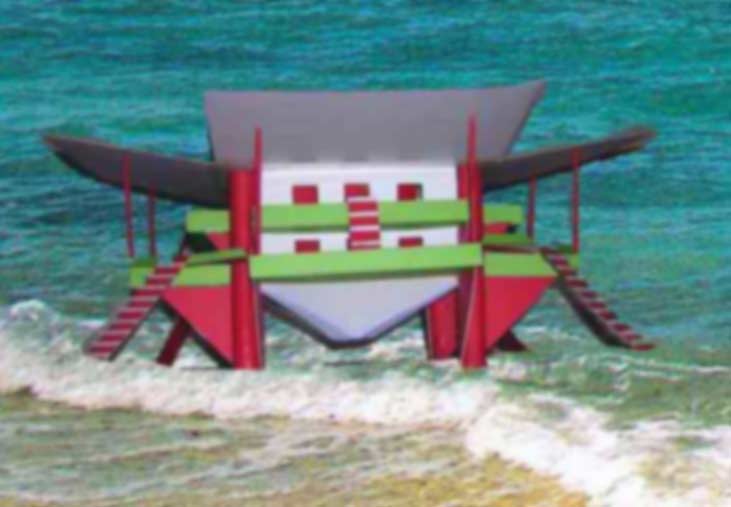

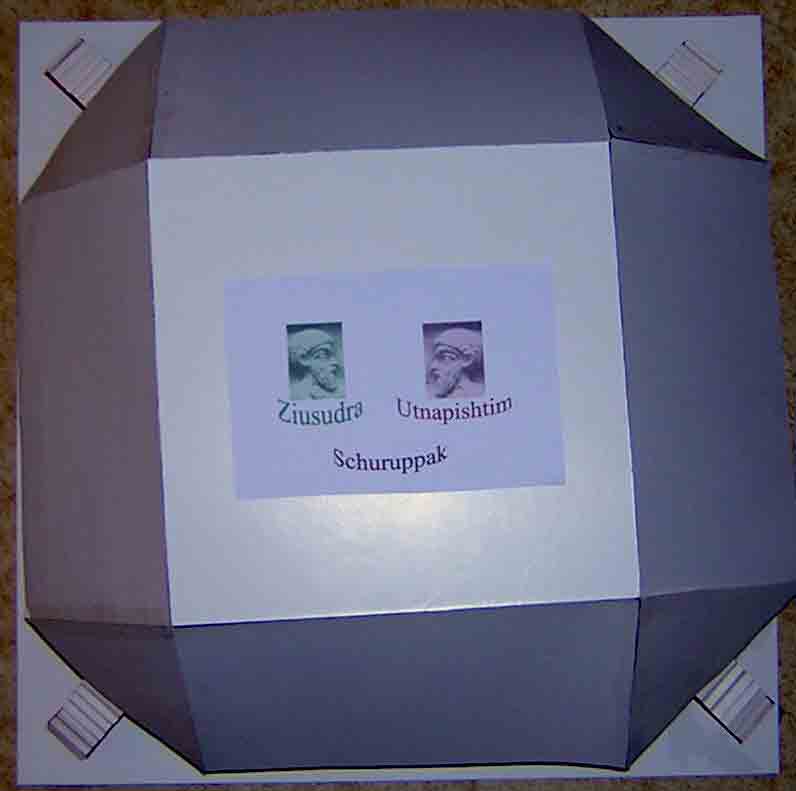
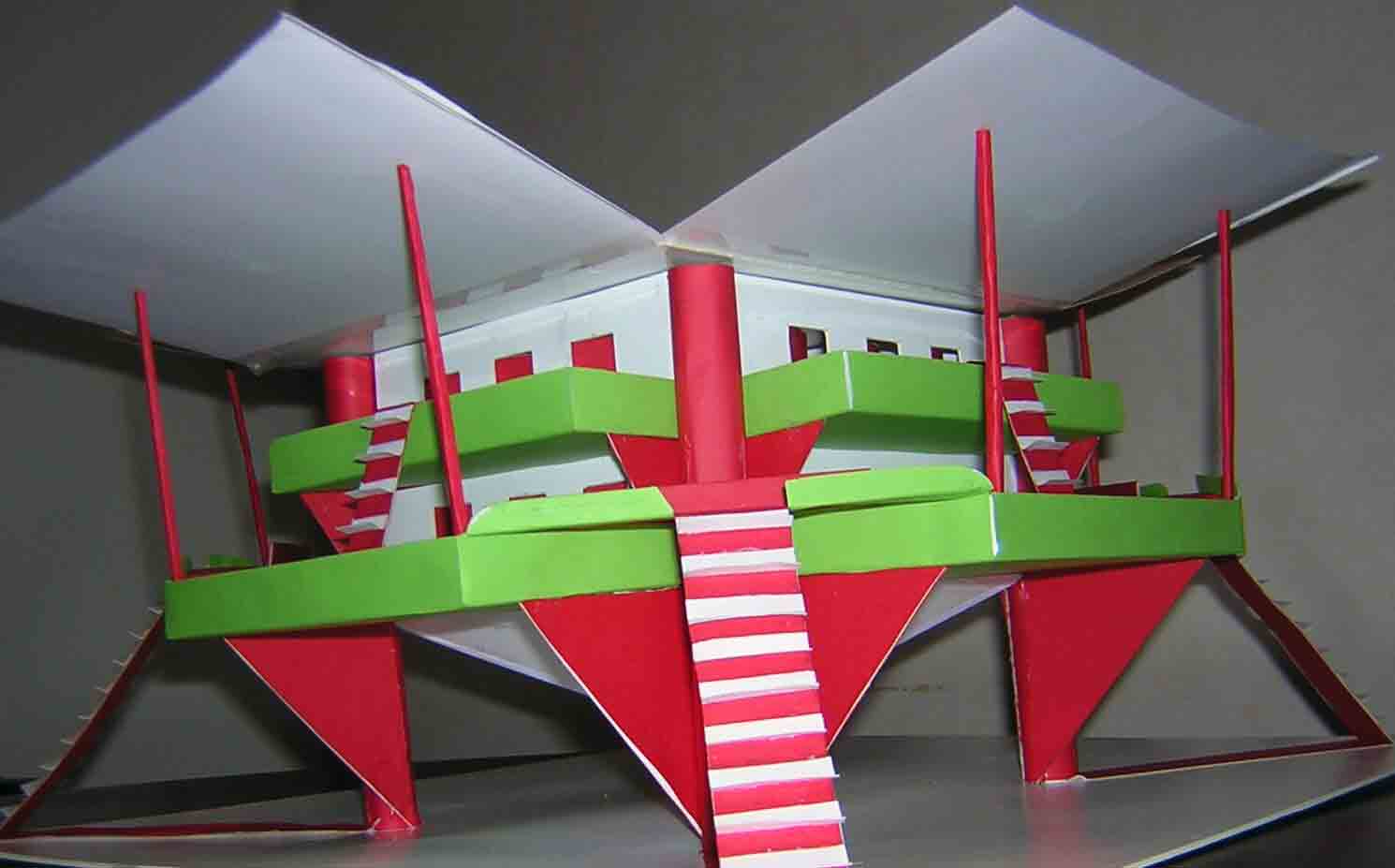
Ziusudra and his family lived and worked in the city of Schuppurak. There were several
people who kept up to date with scientific development and Ziusudra built thousands of arks.
The time before the Flood in Sumeria reflects today’s situation with among other things criminality,
corruption, war, terror activities, religious antagonism and misery. Part of the population knew
the Flood would come and prepared for the coming catastrophe, but the majority did not care about
the future. When the Flood arrived hundreds of thousands of people were prepared with their arks
to escape death. Their arks were stranded everywhere on earth and thereby most human races,
animal species and the four blood groups were preserved.
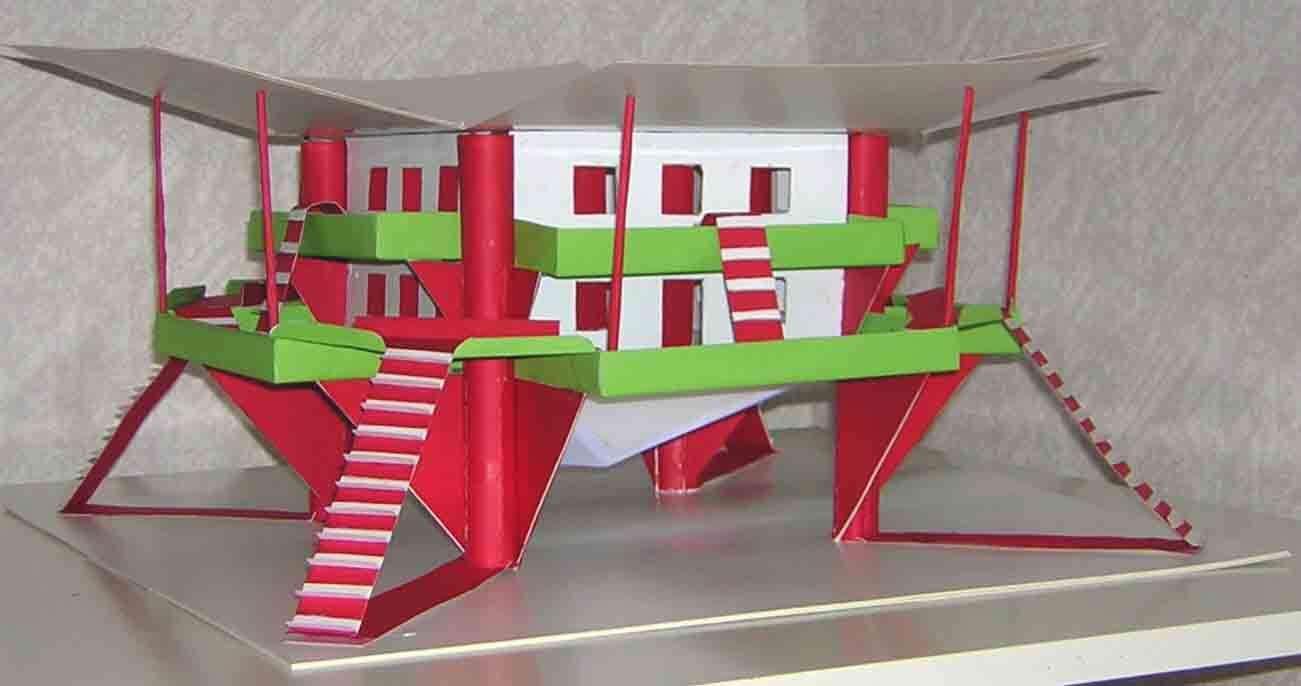
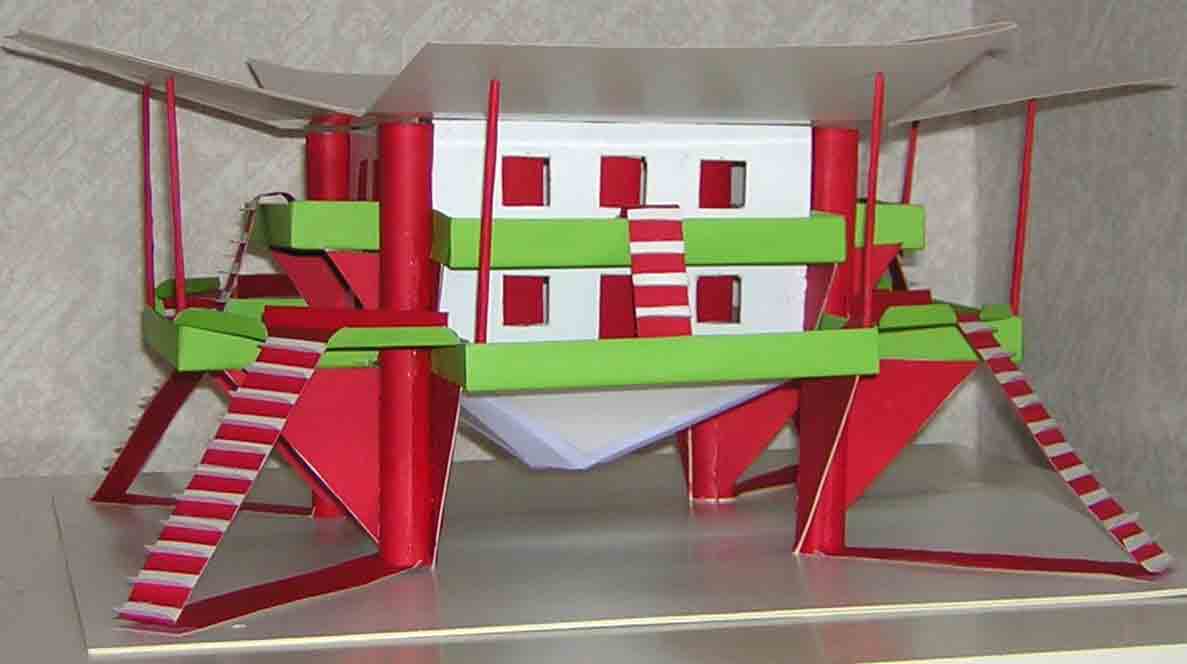
The Ancient Ark in Lamech’s time
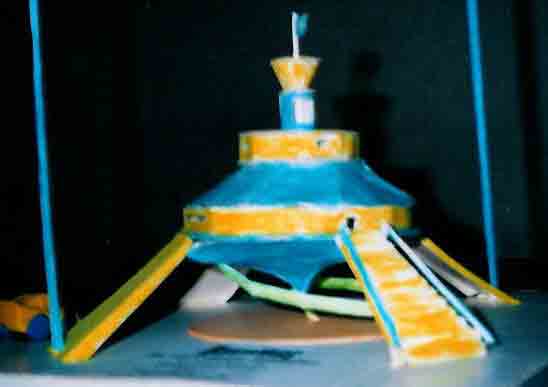
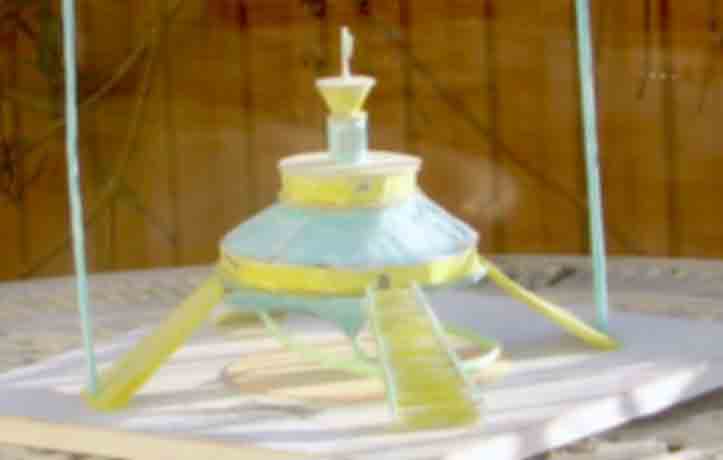
The New Ark
--------------------------------------------------------------------------------------------
Noah
There is nothing about Noah in neither Sumerian texts nor the Gilgamesh epic. The fact
that an ark was built by a man named Noah is only to be found the Old Testament in the Bible.
A Babylonian Atra-hasis epic from around BC 1600 tells us how the human beings were created
to serve the gods, how they disturbed the gods, were punished by pest and drought and finally
the Flood, and how Atra-hasis was saved in a vessel. The ‘Qumran rolls’ found by the Dead Sea
in 1947 contain Lamech’s roll, which narrates a few things about Noah.
Lamech’s roll describes a fantastic event. Since the roll has been preserved in small pieces only,
sentences and whole paragraphs of the text are missing. But what is left is quite sufficiently
remarkable to justify an account here.
According to the tradition outlined here, the jack-of-all-trades and carpenter Lamech came home one day and found,
to his surprise, that he had been blessed with a new child, who, judging by his appearance, could absolutely not
be his own scion or biological son. Lamech then reproached his partner Bat-Enoch and declared that the child under
no circumstances could be his. But the woman Bat-Enoch swore by everything sacred that the child was from Lamech’s
seed and had not been begotten by neither soldier, stranger, nor one of the ‘sons of heaven.’ (Incidentally a small
question: who were the ‘sons of heaven’ Bat-Enoch was talking about? Anyway, this family drama took
place already before the Flood.)
The jack-of-all-trades Lamech did not, however, believe his partner’s protestations and got ready, very upset,
to go to his father Methuselah and ask his advice. Thus, he called on his old father and told him the whole dreary
family story. Methusaleh listened attentively, thought about the issue, and then went to seek his father’s advice,
the wise old Enoch. The old father found the cuckolding within the family so unpleasant that he was prepared to go
away on a long and adventurous trip – this was about finding out the descent of the boy at all costs. Thus Methusaleh
told Enoch about how a baby boy had appeared in the family of his son, a baby boy who resembled more a son of heaven
than a human being: the eyes, the hair, the ears, the head, the complexion, everything in the boy’s appearance placed
him in a unique position within the family
The wise old Enoch listened attentively and then sent his son, the old Methusaleh, home with the exceptionally worrying
information that an enormous natural catastrophe/flood would soon befall mankind and all ‘flesh’ would be destroyed because
it had turned evil and putrid. But there was nothing to do about the little changeling who was a son of heaven by the woman
Bat-Enoch. The pressure from the authorities and the clergy was so strong that Lamech could never distance himself from the boy,
who later was named Noah.
There is no further evidence in the Lamech roll that Noah would have built an ark. (Besides Noah, there was one more child
involved in Lamech’s paternity suit.)
From the Lamech roll we can clearly see that Noah was not Lamech’s biological son, thus Noah was not part of Lamech’s family tree. Furthermore,
we can read that old Enoch, Lamech’s paternal grandfather, lived and possessed information about the coming Flood. This is exactly the opposite
of what we can read in the Old Testament: “And Enoch lived sixty and five years, and begat Methuselah: And Enoch walked with God after he begat
Methuselah three hundred years, and begat sons and daughters: And all the days of Enoch were three hundred sixty and five years: And Enoch walked
with God: and he was not; for God took him.” In this context, we primarily accept the Lamech roll version.
There are many questions surrounding the jack-of-all-trades Lamech. One of them is: who was his biological son? According to legend Lamech was
a carpenter and house builder and had a son and a daughter. Was it Lamech who taught Ziusudra how to build an ark? Was Ziusudra Lamech’s
biological son and learned how to build the ark because of that? Was Lamech alive when the Flood came? The Lamech roll was
probably written by Lamech himself or by his biological son.
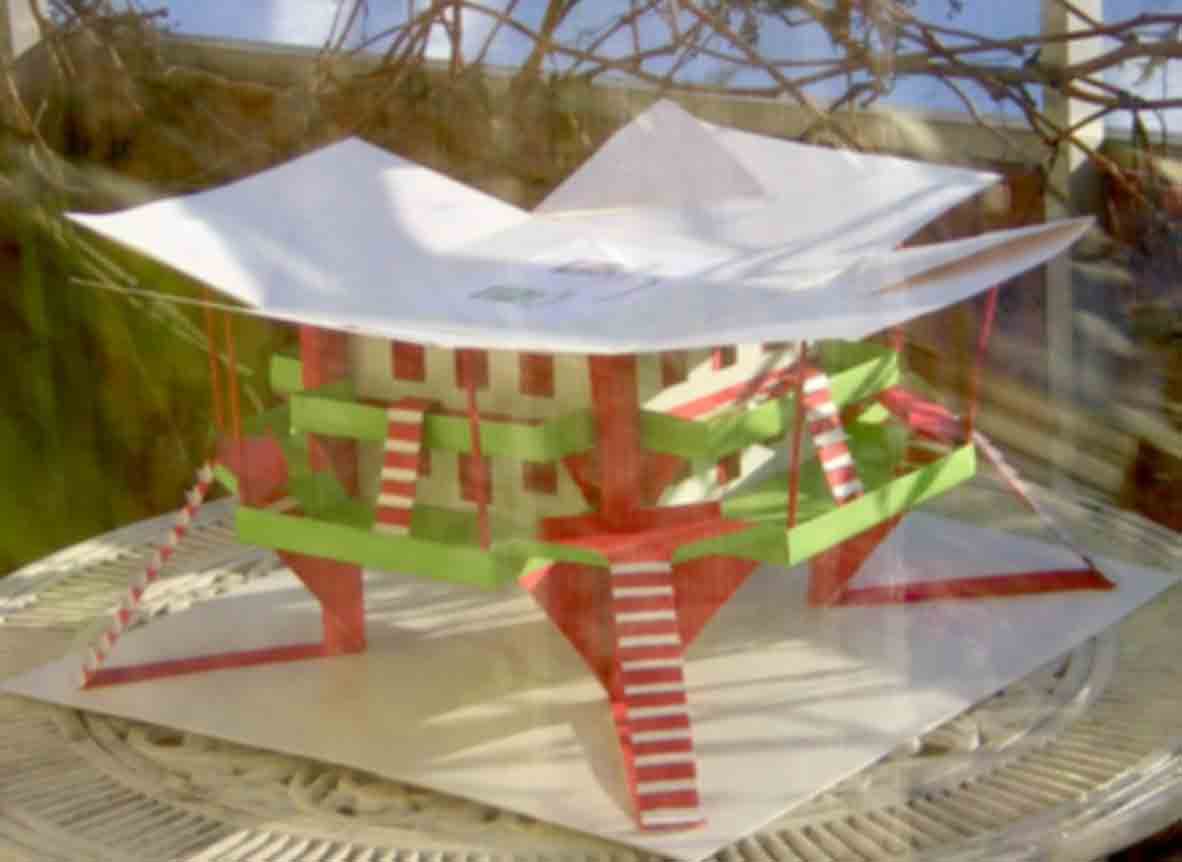
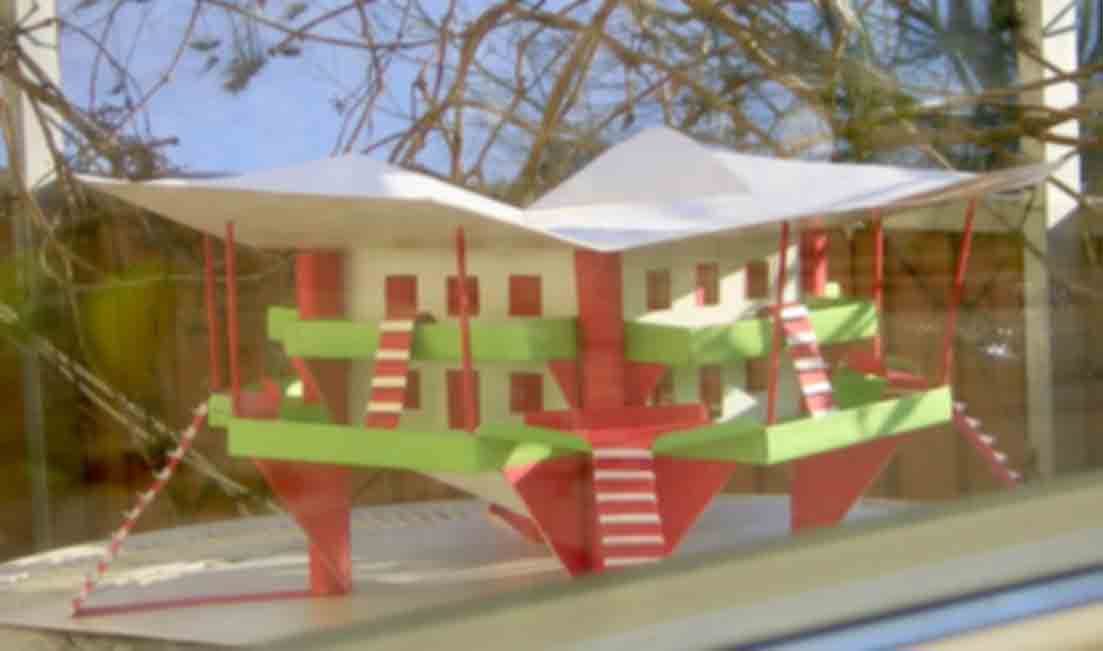
One can imagine that the ark built by Ziusudra during Lamech’s time was a building with four legs not anchored to the ground. This made the ark float during the flood.
The perfect spot
Single family homes
Apartment buildings
A fairly long time ago, a complete Sumerian library containing around 60,000 clay tablets was found in the town of Nippur, 150 kilometres south of Baghdad. Here, on a six-column tablet, we find the oldest tale of the Flood. The tablet mentions five cities existing prior to the Flood: Eridu, Badtibira/Bad-tibira, Larak/Lagash, Sitpar/Sippar, and Schuppurak/Shurrupak. On this so far the oldest deciphered tablet, the survivor’s name is Ziusudra. We are told he lived and worked in the city of Schuppurak where he built his ark. This is thus an older story than that of the Gilgamesh epic.




Sumerian architecture is characterised by this pattern of rows of square platforms, one above the other, each platform somewhat smaller than the one below. Based on this, we can reconstruct the ark built by Ziusudra in the city of Schuppurak. Below is the model of the ark used by Ziusudra, his family and a few others in his company when the Flood arrived. Neither Sumerian texts nor the Gilgamesh epic describes the size or appearance of the ark. Neither are we informed on where it ran ashore. The texts only mention a mountain/the foot of a mountain somewhere on earth.





























Ziusudra and his family lived and worked in the city of Schuppurak. There were several people who kept up to date with scientific development and Ziusudra built thousands of arks. The time before the Flood in Sumeria reflects today’s situation with among other things criminality, corruption, war, terror activities, religious antagonism and misery. Part of the population knew the Flood would come and prepared for the coming catastrophe, but the majority did not care about the future. When the Flood arrived hundreds of thousands of people were prepared with their arks to escape death. Their arks were stranded everywhere on earth and thereby most human races, animal species and the four blood groups were preserved.


The Ancient Ark in Lamech’s time


The New Ark
--------------------------------------------------------------------------------------------
Noah
There is nothing about Noah in neither Sumerian texts nor the Gilgamesh epic. The fact
that an ark was built by a man named Noah is only to be found the Old Testament in the Bible.
A Babylonian Atra-hasis epic from around BC 1600 tells us how the human beings were created
to serve the gods, how they disturbed the gods, were punished by pest and drought and finally
the Flood, and how Atra-hasis was saved in a vessel. The ‘Qumran rolls’ found by the Dead Sea
in 1947 contain Lamech’s roll, which narrates a few things about Noah.
Lamech’s roll describes a fantastic event. Since the roll has been preserved in small pieces only,
sentences and whole paragraphs of the text are missing. But what is left is quite sufficiently
remarkable to justify an account here.
According to the tradition outlined here, the jack-of-all-trades and carpenter Lamech came home one day and found,
to his surprise, that he had been blessed with a new child, who, judging by his appearance, could absolutely not
be his own scion or biological son. Lamech then reproached his partner Bat-Enoch and declared that the child under
no circumstances could be his. But the woman Bat-Enoch swore by everything sacred that the child was from Lamech’s
seed and had not been begotten by neither soldier, stranger, nor one of the ‘sons of heaven.’ (Incidentally a small
question: who were the ‘sons of heaven’ Bat-Enoch was talking about? Anyway, this family drama took
place already before the Flood.)
The jack-of-all-trades Lamech did not, however, believe his partner’s protestations and got ready, very upset,
to go to his father Methuselah and ask his advice. Thus, he called on his old father and told him the whole dreary
family story. Methusaleh listened attentively, thought about the issue, and then went to seek his father’s advice,
the wise old Enoch. The old father found the cuckolding within the family so unpleasant that he was prepared to go
away on a long and adventurous trip – this was about finding out the descent of the boy at all costs. Thus Methusaleh
told Enoch about how a baby boy had appeared in the family of his son, a baby boy who resembled more a son of heaven
than a human being: the eyes, the hair, the ears, the head, the complexion, everything in the boy’s appearance placed
him in a unique position within the family
The wise old Enoch listened attentively and then sent his son, the old Methusaleh, home with the exceptionally worrying
information that an enormous natural catastrophe/flood would soon befall mankind and all ‘flesh’ would be destroyed because
it had turned evil and putrid. But there was nothing to do about the little changeling who was a son of heaven by the woman
Bat-Enoch. The pressure from the authorities and the clergy was so strong that Lamech could never distance himself from the boy,
who later was named Noah.
There is no further evidence in the Lamech roll that Noah would have built an ark. (Besides Noah, there was one more child
involved in Lamech’s paternity suit.)
From the Lamech roll we can clearly see that Noah was not Lamech’s biological son, thus Noah was not part of Lamech’s family tree. Furthermore,
we can read that old Enoch, Lamech’s paternal grandfather, lived and possessed information about the coming Flood. This is exactly the opposite
of what we can read in the Old Testament: “And Enoch lived sixty and five years, and begat Methuselah: And Enoch walked with God after he begat
Methuselah three hundred years, and begat sons and daughters: And all the days of Enoch were three hundred sixty and five years: And Enoch walked
with God: and he was not; for God took him.” In this context, we primarily accept the Lamech roll version.
There are many questions surrounding the jack-of-all-trades Lamech. One of them is: who was his biological son? According to legend Lamech was
a carpenter and house builder and had a son and a daughter. Was it Lamech who taught Ziusudra how to build an ark? Was Ziusudra Lamech’s
biological son and learned how to build the ark because of that? Was Lamech alive when the Flood came? The Lamech roll was
probably written by Lamech himself or by his biological son.

